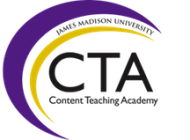Solving Equations with Variables on Both Sides
- This lesson will teach the kids how to solve equations with variables on both sides of the equation as well as showing the kids how to solve equations where they need to use the distributive property and combining like terms.
